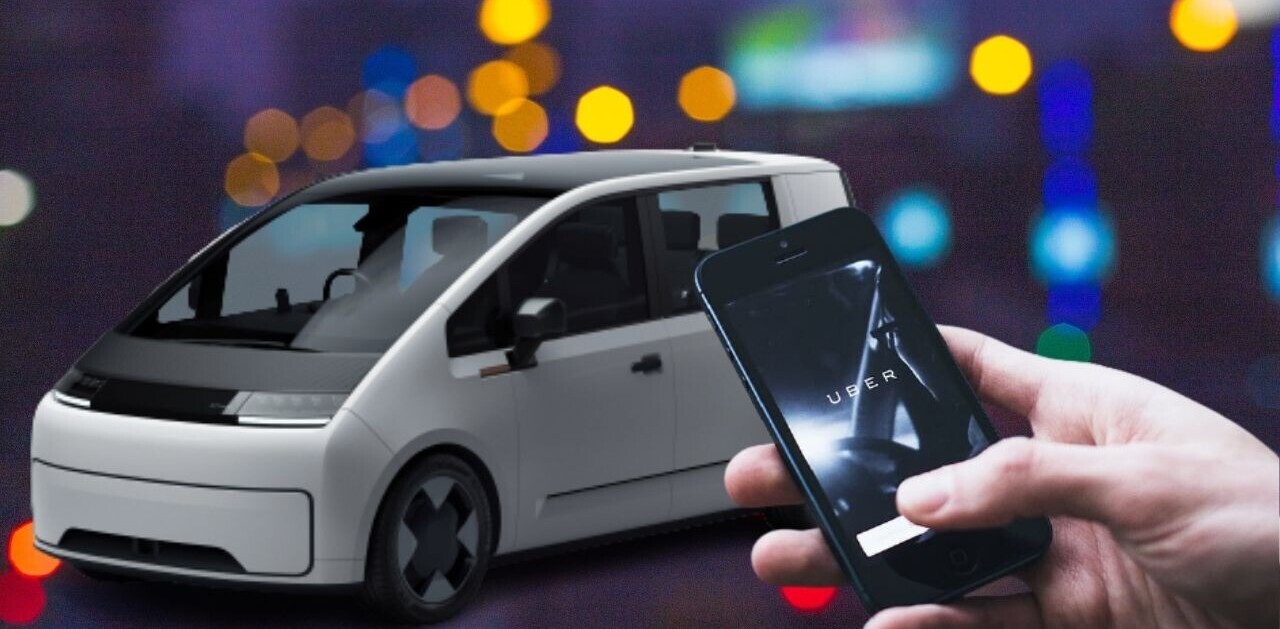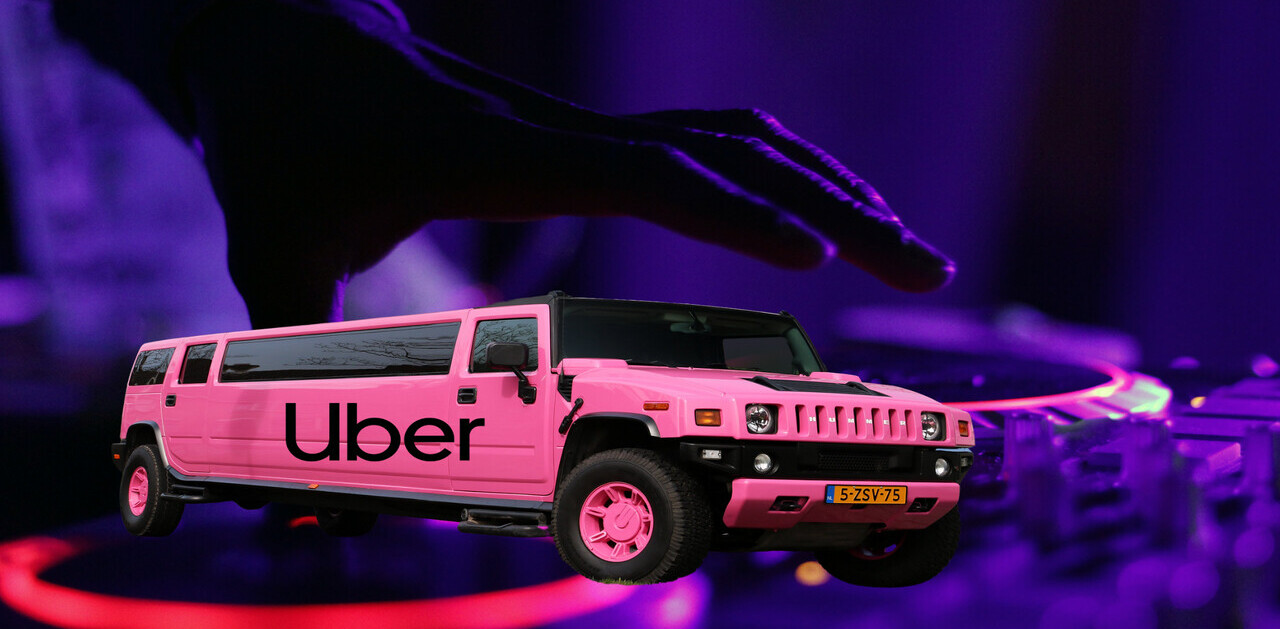
Uber is having a torrid time, and I can’t help but feel that this is an inflection point for the ride-hailing giant. It either has to set off on a new path towards fairness for its workers, or this point, right here, right now, will mark the beginning of its end.
Those who have followed Uber’s so-called “disruption” of the taxi market, will know the constant debate between drivers and the “app platform” over the fairness of its algorithm, and how it pays its workers, all too well.
It’s a David and Goliath fight, but David is still yet to find his projectile.
While much of that discourse focuses around what is essentially Uber’s taxi business, the company has expanded to, and now contracted from, new and exciting areas of mobility tech, which now represent nothing more than dead ends.
Last year, Uber retreated from two crucial areas of development, flying transport and autonomous driverless taxis. Uber has spoken of these two futures as being crucial in its never ending quest for consistent profitability. Flying taxis should lower operating costs, and move people around with greater speed, making them a more efficient way to travel.
Autonomous taxis were explored for many of the same reasons. By removing the human driver from an Uber car, the company removes its biggest cost. With a fleet of millions of driverless self-driving taxis Uber’s around the globe, former CEO Travis Kalanick boasted in 2016 that it would change everything.
The reality five years later is quite different.
Time to sell
Last year, Uber sold its flying taxi arm — for a profit — to Joby Aviation, a Californian flying car startup. The companies have struck a sort of partnership deal, integrating each others’ services into their apps. If flying taxis do become a thing, Uber will still be able to offer them as a service.
The ride-hailing company employed a similar strategy to its self-driving taxi division, Advanced Technologies Group (ATG). After pumping billions into developing self-driving tech, Uber sold ATG to Aurora, an autonomous vehicle startup headed by a former Waymo engineer.
On the surface, the sale appeared to remove a costly arm of Uber‘s business in efforts to expedite profitability. However, Uber is also investing $400 million into Aurora and taking a 26% stake. If self-driving taxis do become a reality, Uber will have access to the tech it needs to realize its ever elusive driverless taxi dream.
[Read: ]
By selling these two divisions, Uber is no longer hemorrhaging cash on endeavors which are wild bets of science fiction, and have been called a “waste of money” by some prominent investors. The ride-hailing company is now a leaner version of its bloated former self, with greater focus on its core business there is hope that it’ll be able to remedy its two ever persistent challenges: its relationship with its drivers and profit.
Business model takes a hit
However, over the past few months, Uber has been coming up against hurdle after hurdle, and every single one threatens the very foundation its business is built on.
On Monday this week, Brussels’ local government banned drivers from picking up riders using the app, effectively halting operations for the business in Belgium’s capital. This ban was implemented because Uber has found a workaround, after another one of its services in the city, UberPop, got banned.
That situation is minor in comparison to the UK Supreme Court’s ruling from last month. After a four-year long legal case, the Supreme Court ruled that Uber’s drivers are workers, not independent contractors. This puts them far closer to being official employees than ever before, and affords them basic rights and securities that they should have had all along.
This ruling is the exact opposite of what Uber experienced on the other side of the pond in California. Last year, the Golden State’s voting public sided with the ride-hailing company, giving the go-ahead for Prop 22, its last ditch attempt to keep its business model alive and avoid paying drivers benefits.
Despite providing some benefits for drivers, Prop 22 allows Uber to continue largely as it always has. Uber will continue to have ultimate control over its app, how it delegates rides, and how much it charges customers. As it happens, these factors were what led UK judges to decide drivers are workers, not contractors. In the UK’s ruling drivers were found to be in a “position of subordination and dependency to Uber.”
Even though Prop 22 passed, it seems that drivers are now suffering more than before. In a recent article from the Guardian, drivers said that pay has fallen and working conditions remain poor since the vote.
Time for a shakedown
It seems Uber and its drivers live in two different realities, which are starting to collide. Last year, Uber surveyed its drivers and found they are generally in support of the ride-hailing firm’s agenda. Third-party surveys have also shown that drivers would prefer to remain independent contractors rather than becoming workers with benefits.
Academics have been critical of Uber’s approach to these surveys, suggesting that the company has conflated the ability to offer flexible work with employment status. But it’s done little to derail the Uber train.
Following the UK Supreme Court’s ruling, the ride-hailing firm sent out another survey to drivers via its app. It asked drivers about flexible work and benefits, but failed to mention holiday pay or the national minimum wage. Responses to questions were also limited to just a few choices, according to the Guardian.
Uber is now coming under fire from drivers’ unions for intentionally wording survey questions to get the answers it needs to soften legal blows.
Even though the Supreme Court’s ruling is final, it seems Uber is doing all it can to launch another attack on the UK’s legal system. Rather than playing by the rules, it’s intent on changing the rules to fit its business model, no matter what the cost or how reprehensible it might be. Perhaps this trait stems from the company’s hellbent need to “disrupt” markets to feel like it’s doing anything. News flash, Uber: you can offer a cool business within the confines of the law.
A new gig economy
Why is Uber always intent on fighting back every time it comes up against legal opposition? The answer is simple. If it doesn’t it will effectively sign its own death warrant.
The company has retreated from less sure business opportunities, like flying and driverless taxis, to focus on its core mission. But that isn’t going to come easy, so it’s perhaps a good thing it’s not carrying unnecessary baggage.
The UK’s ruling is set to define not just Uber’s future business model, but the entire workings of the gig economy in Britain. It has set a precedent that Europe seems keen to follow too.
Having to pay drivers benefits and minimum wages will dramatically increase its operating costs. It’s hard to put a definitive figure on that, but a San Francisco Chronicle article said the company’s labor costs could increase by 30% if drivers had to be recognized as employees.
As a business that’s yet to turn a consistent profit, there are only two parts of Uber’s business that can absorb an increase in costs: drivers or riders. If costs for riders increase, conventional taxis all of a sudden become more appealing. As for drivers, with reports suggesting conditions aren’t improving, it seems they are at their limit already.
Whatever happens next for Uber, big change is surely afoot.

Get the TNW newsletter
Get the most important tech news in your inbox each week.




